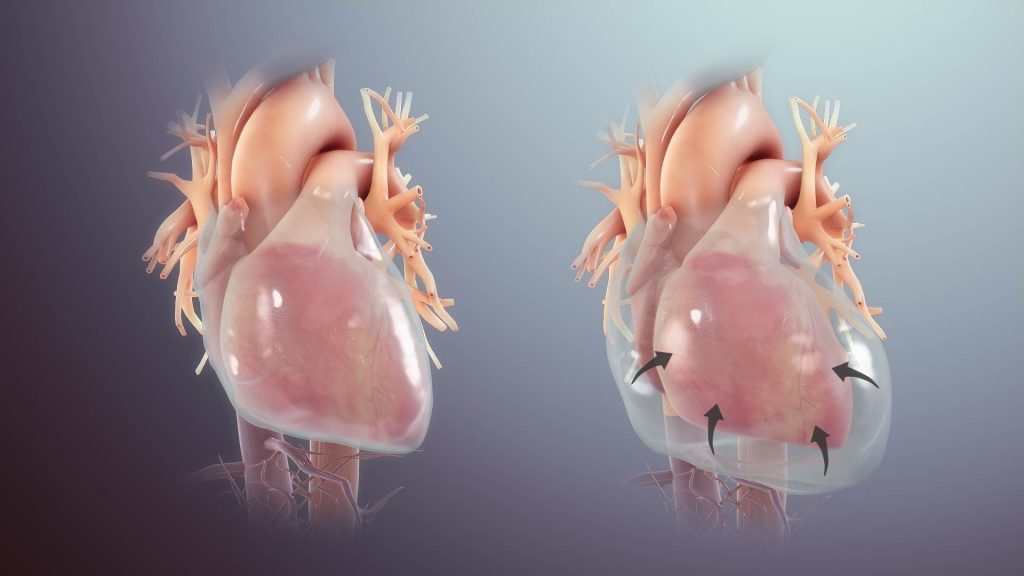The heart is a set of muscle fibers that are usually soft and spongy, made more so by the protective fluid surrounding them. It keeps blood flowing through our bodies which in turn prevents organs from becoming en cocted with old blood. One of the most important parts of the heart is the pericardium, a sac-like layer that’s located outside this muscle. The pericardium can get inflamed and infected causing other problems like poor cardiac function or even death. Luckily, there are many ways to treat this pericardial disease in New Jersey without surgery including medication and rest. You should also learn how to avoid getting such an infection in order to prevent future problems as well as what symptoms you should be looking for if you think you have it.
What Is Pericarditis?
Pericardium is a sac-like membrane that’s located outside the heart. It’s usually made up of a tough substance which causes it to have many functions in the body, among them being protection. If a pericardial sac becomes inflamed and infected, it can cause serious problems.
Pericarditis is an inflammation of the pericardium. It can be caused by infection such as tuberculosis or fungus, high heart rates or even prolonged periods of activity in physically demanding jobs like cattle farming and construction. If a person has pericarditis they may also experience pain in the chest or abdominal area, commonly known as “heartburn”. Other symptoms include shortness of breath, fever, chills and night sweats.
How Pericarditis Affects the Body
Pericarditis can affect the body in a number of different ways. One of the most common problems is that it can limit the heart’s ability to function properly. An inflammation slows down the heart and thus limits its ability to pump blood through the body and oxygenate organs in order to function as they should which is why many people feel chest pains and breathing problems during an episode. As we stated before, this condition can also be fatal if left untreated.
How Is Pericarditis Diagnosed?
There is no specific test that can confirm a diagnosis of pericarditis, but there are ways to diagnose it. You doctor will first listen for any unusual sounds heard in your heart, ask about any pains and compare the answers to a list of common symptoms. If these symptoms match, then they’ll start by running blood tests and looking for other infections or diseases that can result in similar problems. Once your doctor gets an idea as to what is causing the problem, they can then begin treating it. Many times medication is given in order to treat whatever caused the inflammation in the pericardium even though it won’t get rid of the actual inflammation itself.

